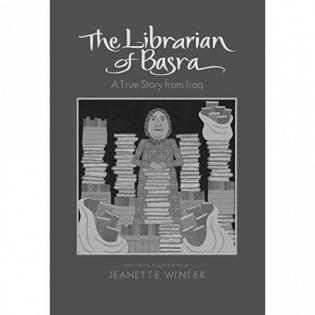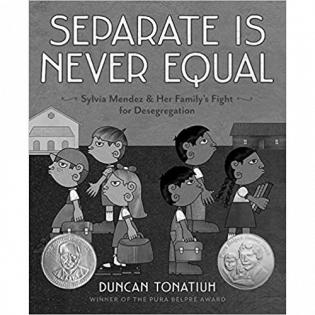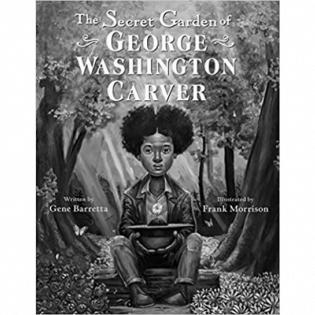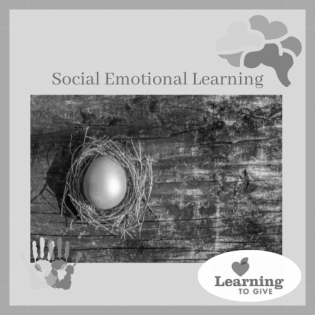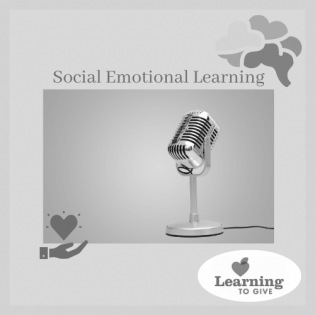Learners will define government and describe a democratic republic with a Constitution. They identify the role of government at all levels - national, state, and local and talk about what young people can do to have a voice.
Filter by subjects:
Filter by grades:
Filter by audience:
Filter by issue area:
Filter by content type:
Filter by resource type:
resource search
Learners recognize the value of nonprofit organizations and identify how nonprofits meet citizen needs when government can't.
Students will learn the fundamental principles of parliamentary procedure and use the procedure to create a plan for a service project in the community.
In“The Librarian of Basra: A true story from Iraq,” Jeanette Winter brings to light the courage, innovation, and strength of a Muslim woman who saved 30,000 library books from bombing during the war in the Middle East. Alia Muhammad Baker organized her community to shelter books in their
Stylistically illustrated, this book documents the first fight for racial integration of public schools in the United States. Follow Sylvia Mendez and her family as they relentlessly work for school desegregation in California in the 1940’s.
An activity and picture book discussion illustrate the tendency for people to see differences as a reason to fight. As we see in political divisions, society can be torn apart by factions. Differences provide an opportunity to be curious about someone else. Factions may also have a...
A passion for service can begin at a very young age. “The Secret Garden of George Washington Carver” chronicles the inspirational life of George Washington Carver. This beautifully illustrated book goes beyond Carver’s acclaim as an African American scientist, celebrating his trium
This activity encourages youth to discuss the power of privilege. Participants will understand how their perspectives, identity, and values influence their decisions in this activity. They will also understand that privileges are social constructs, A social construct is something that exists not in reality, but as a result of human interaction. It exists because humans agree that it exists.
This project is a simulation meant to guide participants through the process of organizing a protest/demonstration. Participants are asked to identify a problem they want to solve and then plan a nonviolent protest/demonstration while being conscious of safety, resources, community norms, and ethical behavior. The hope is that this activity might inspire the next Greta Thunberg or Malala Yousafzai to take action and create change!
In this second lesson about Jane Addams, we learn about the impact of her philanthropic work and connect it to the needs of our communities today. Young people discuss voluntary actions they can take inspired by Jane Addams.
